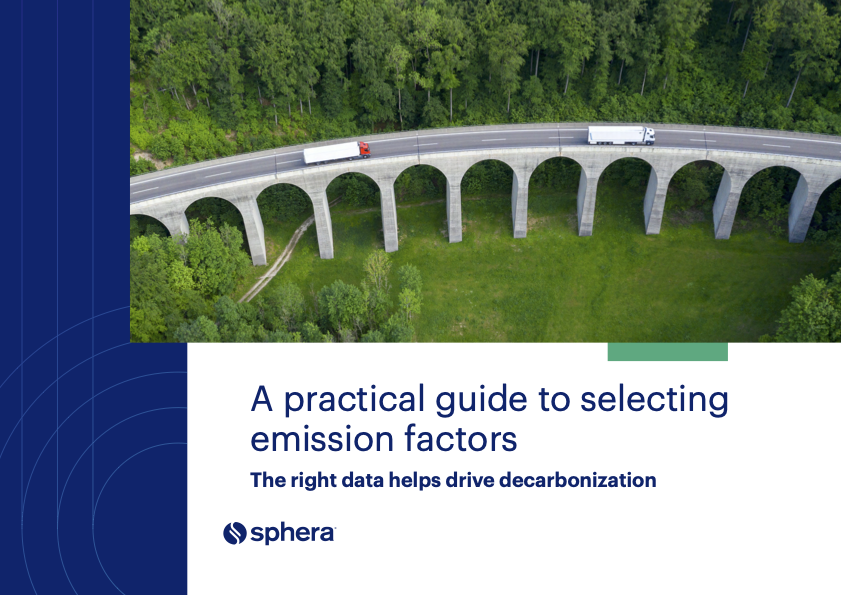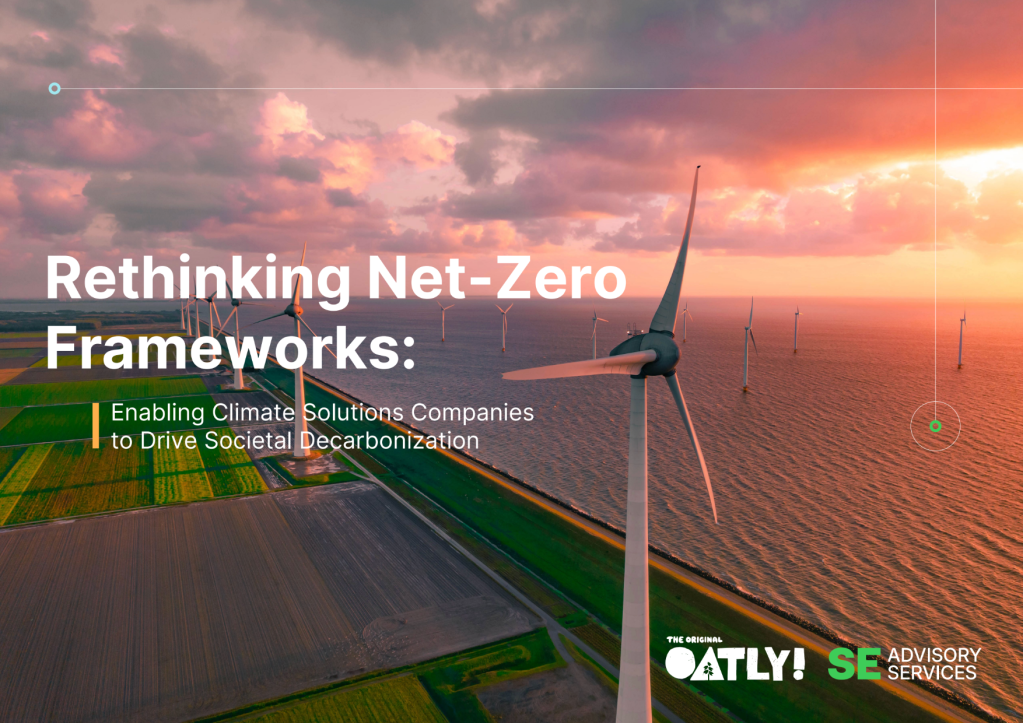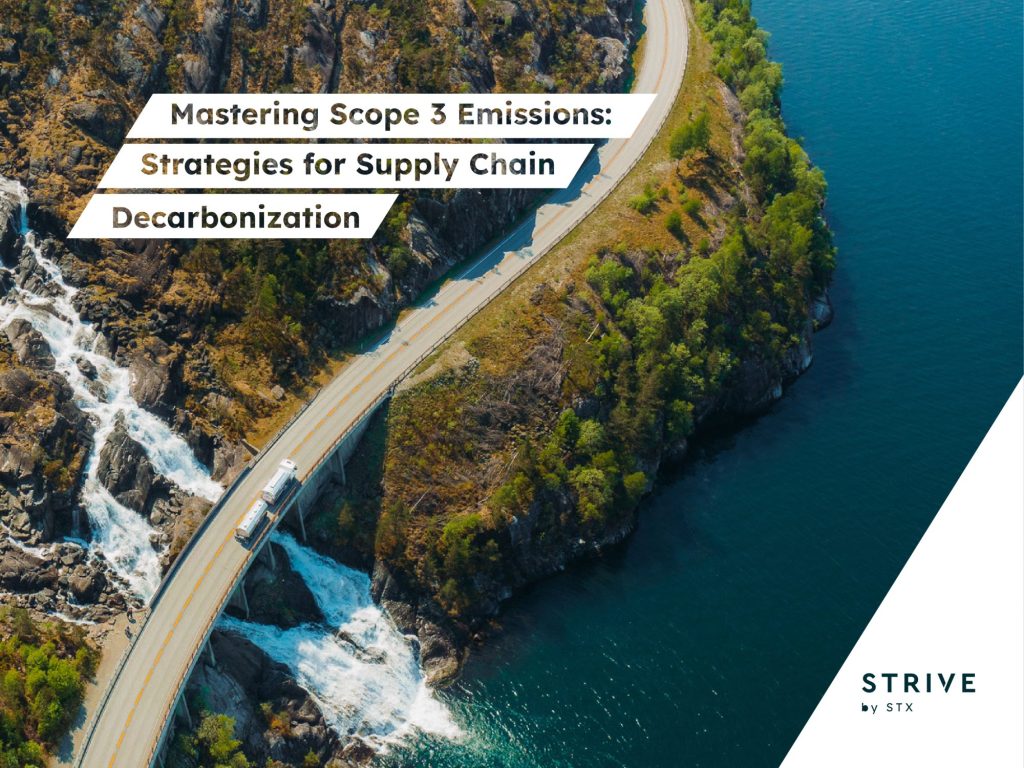Resource
How to Gain Top Management’s Support for Energy-Efficiency Projects
- It’s the boardroom, not the boiler room. Remember that bottom-line performance is what matters to management. Technical expertise is required to improve profitability, but engineering-speak will fall on deaf ears with financial officers. For example, Richard Beam, corporate energy manager, Providence Health System, substitutes the phrase “total cost of ownership” for the familiar “life-cycle cost” because the former is better understood by financial officers.
- Focus on what’s important to the CFO. Some will want to know about the net present value of a project. Others will be interested in the life cycle cost savings that energy management projects generate. Tailor the financial presentation to the audience for maximum success. Bill Verge, associate director of plant operations, the University of Michigan, gave top management a spectrum of information, including a proposal that outlined the financial, labor and material resources required, a schedule of activities for 120 major buildings on campus, and detailed estimates of projected savings in several areas based on past practices and engineering analyses.
- There’s success in spreadsheets. Let spreadsheets do much of the explanatory work because financial officers are used to reading them. Put cost-savings information in a familiar format for CFOs and let the numbers help tell the story.
- Hedge bets. For example, forecast a 20% savings for the CFO, even when expecting a 25% or 28% jump in savings. Doing so creates a bit of cushion, but it shouldn’t be portrayed that way for top management. Instead, tell the CFO that the conservative forecast allows for unexpected changes in the use of a building.
- Make energy savings cultural. Indoctrinating an entire organization in the value of energy efficiency can multiply savings. “Stewardship has to be a core value for success,” says Beam. Verge agrees: “It is the buy-in and involvement of building occupants that ensures the long-term success of an energy-management program.”
- After a meeting, follow up. Even after a project is approved, keep the financial officers abreast of its progress. And if its progress isn’t going as planned, let top management know how you’ll get things back on track. Following up and being honest about project progress keeps facility management in front of the CFO — and will be important the next time facility executives need to make big capital purchase requests.
—–
This article has been reprinted with permission from Building Operating Management. It first appeared in the September 2004 issue of that publication.









